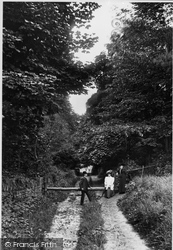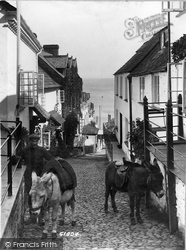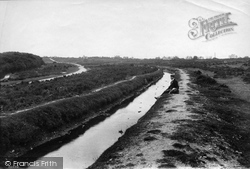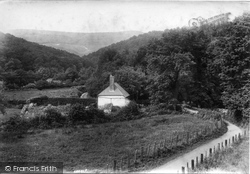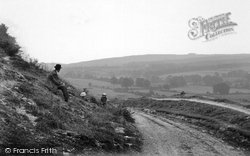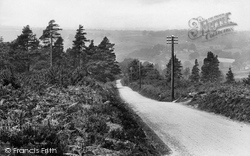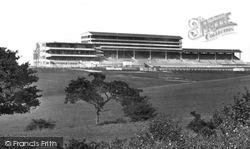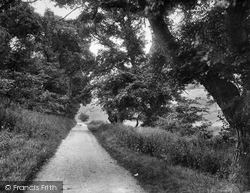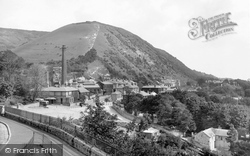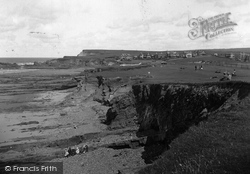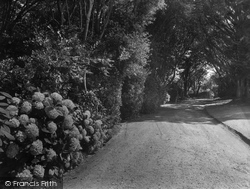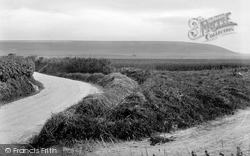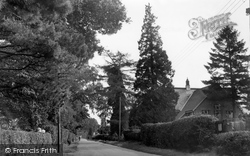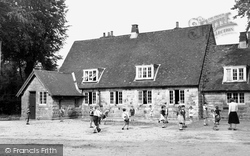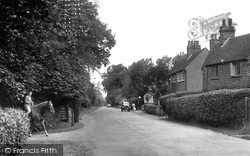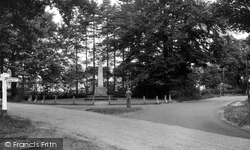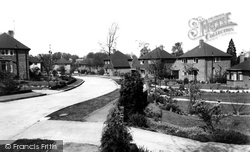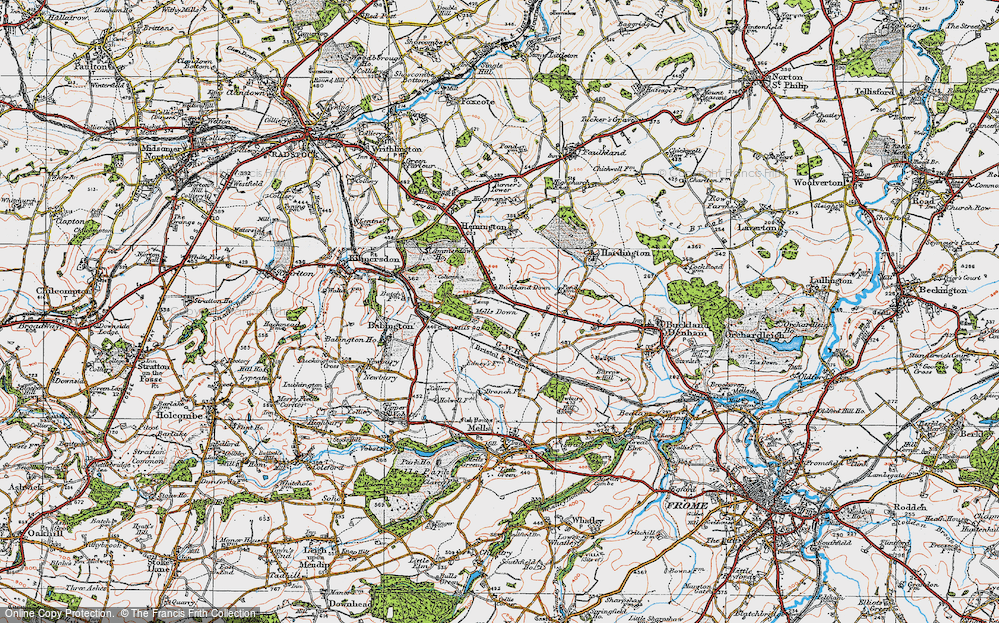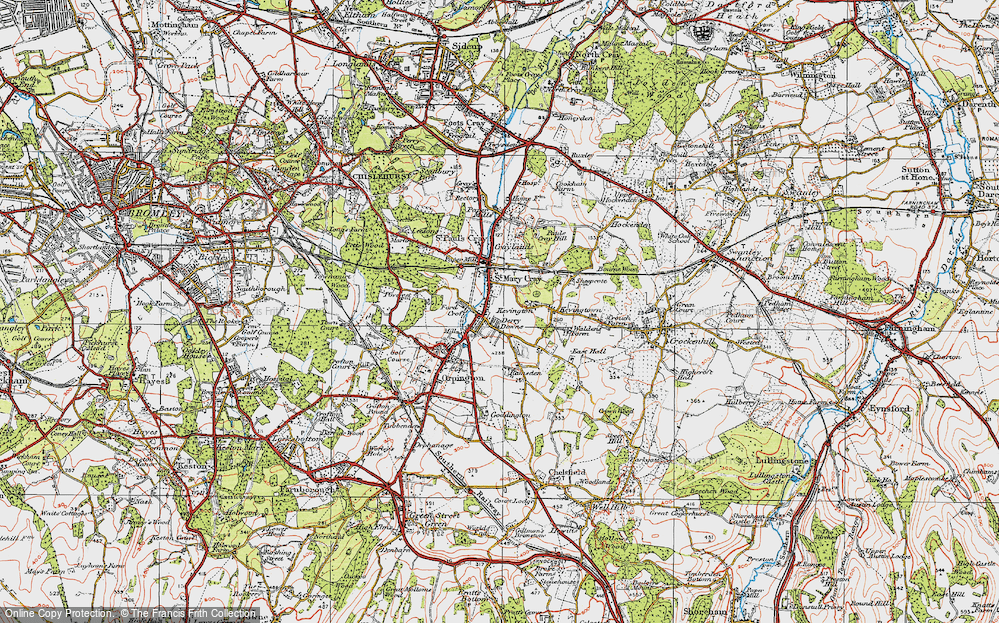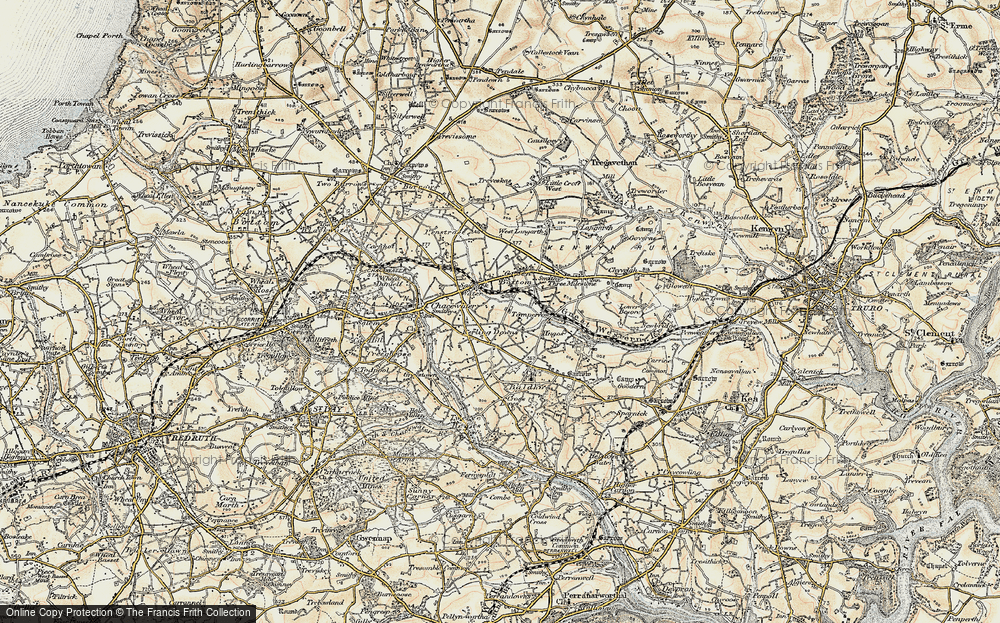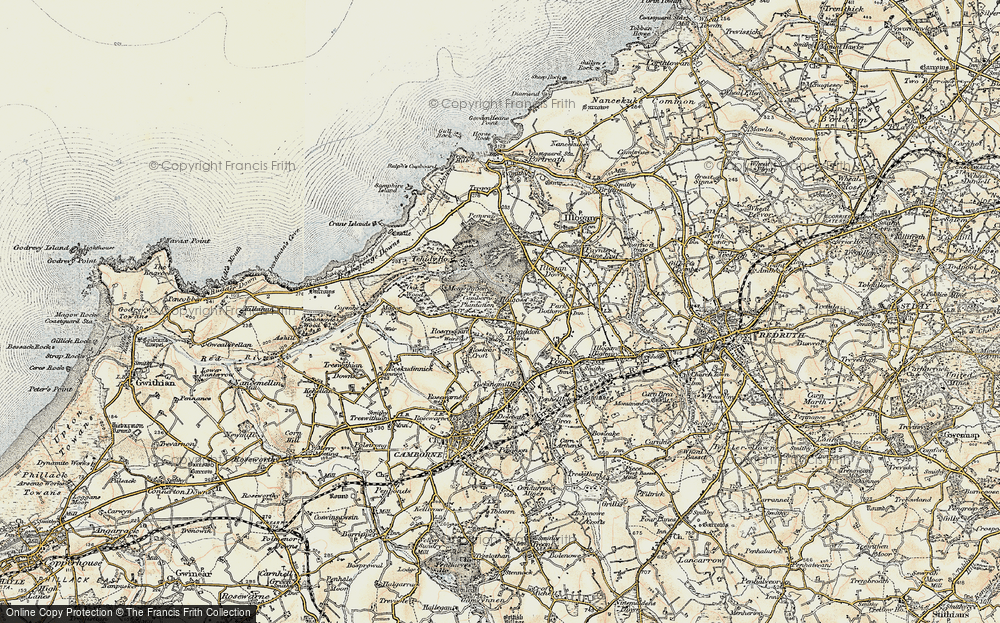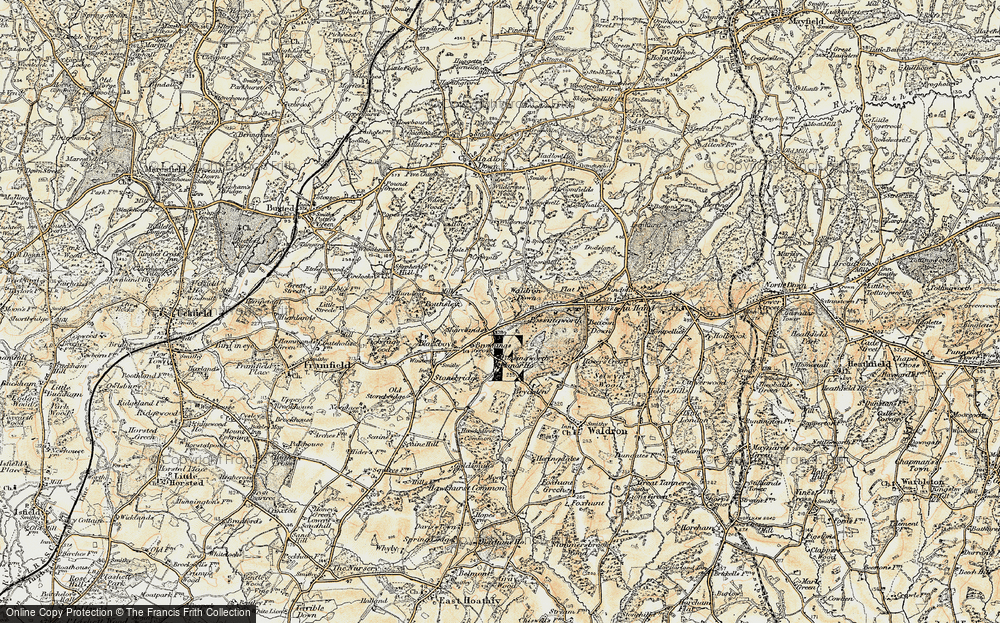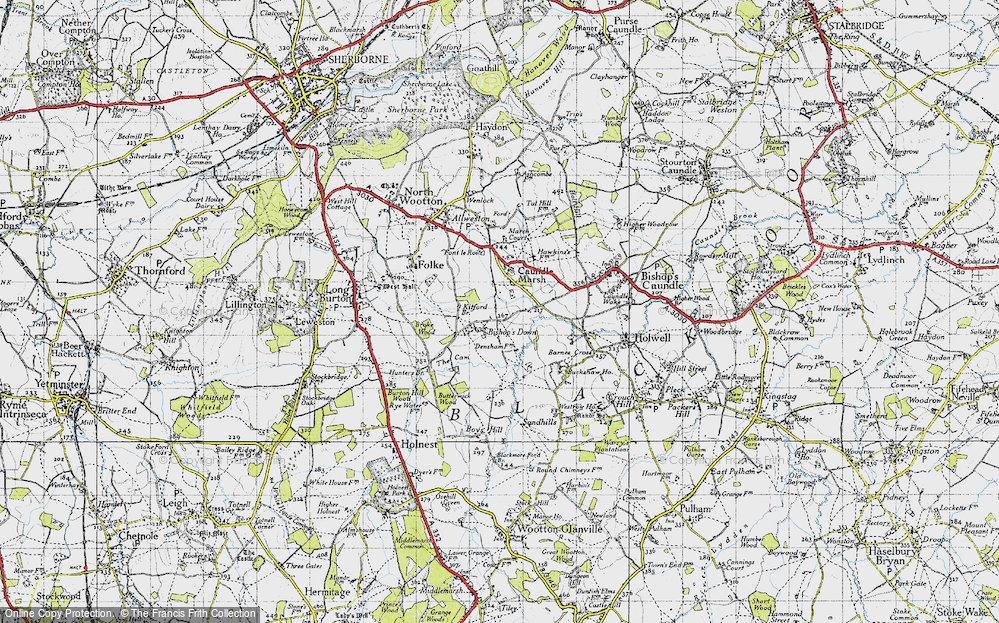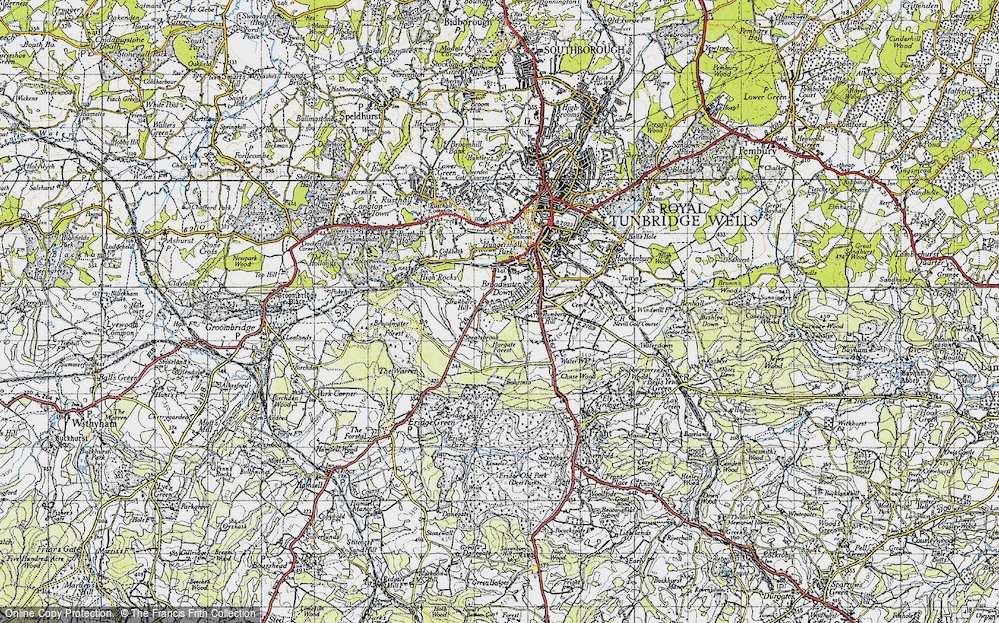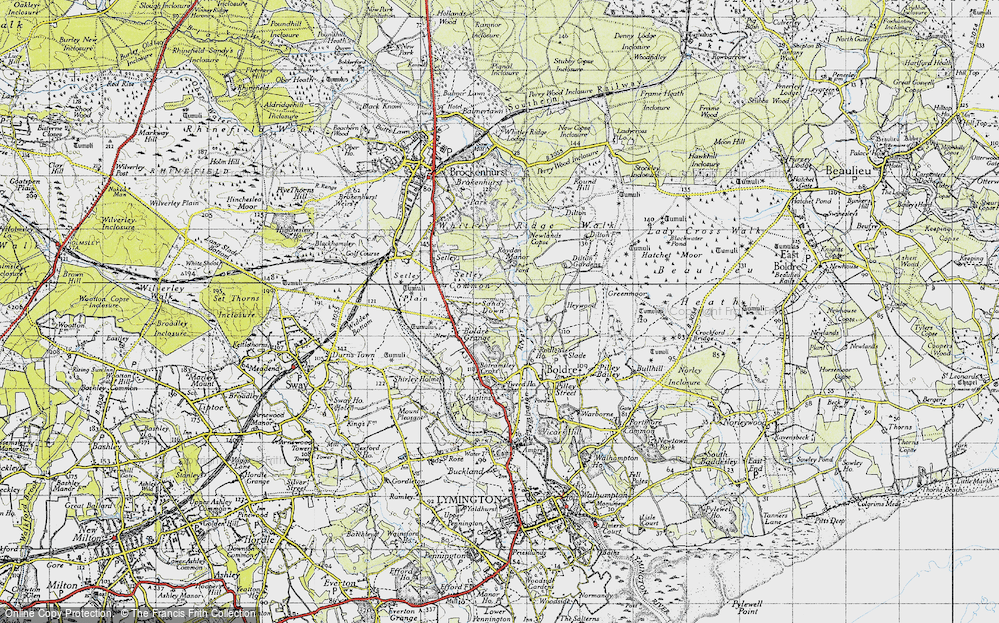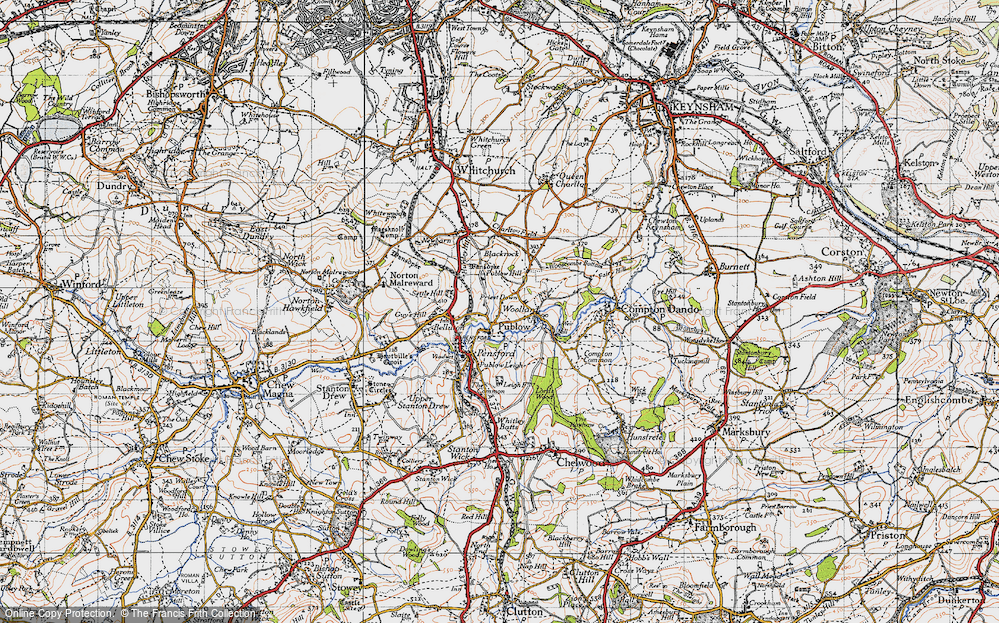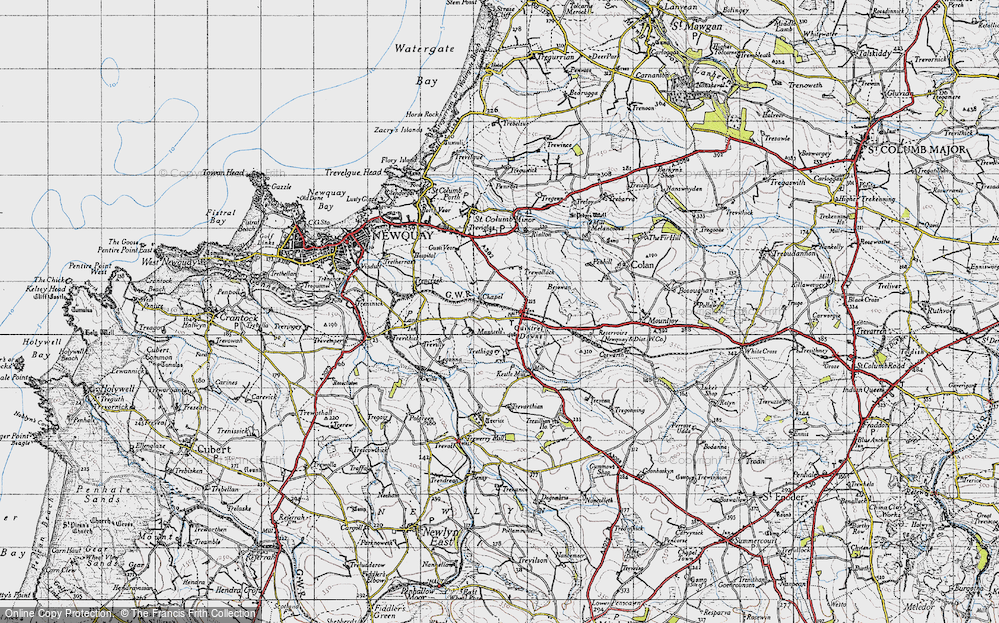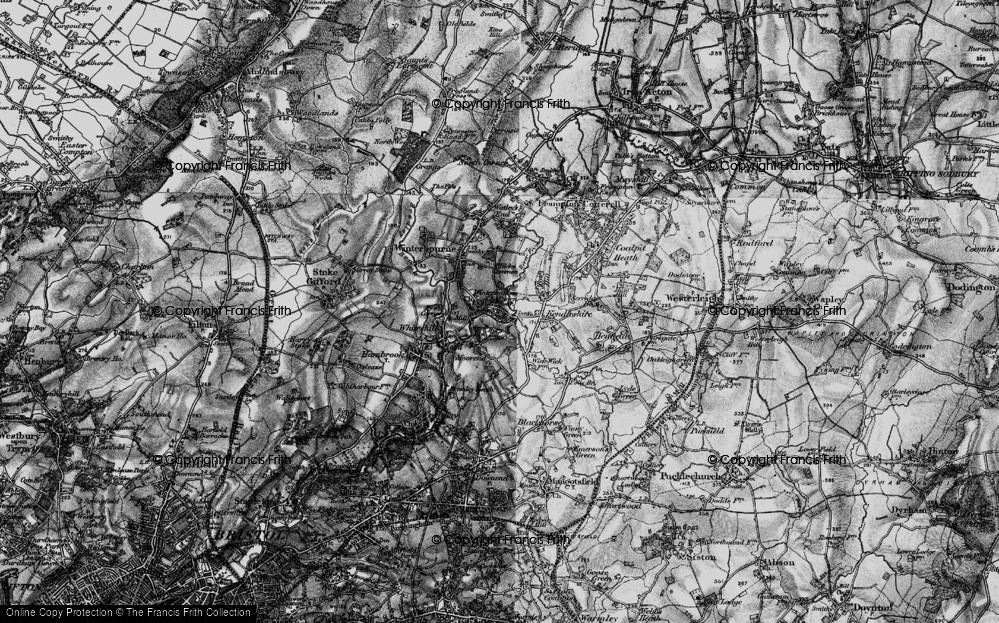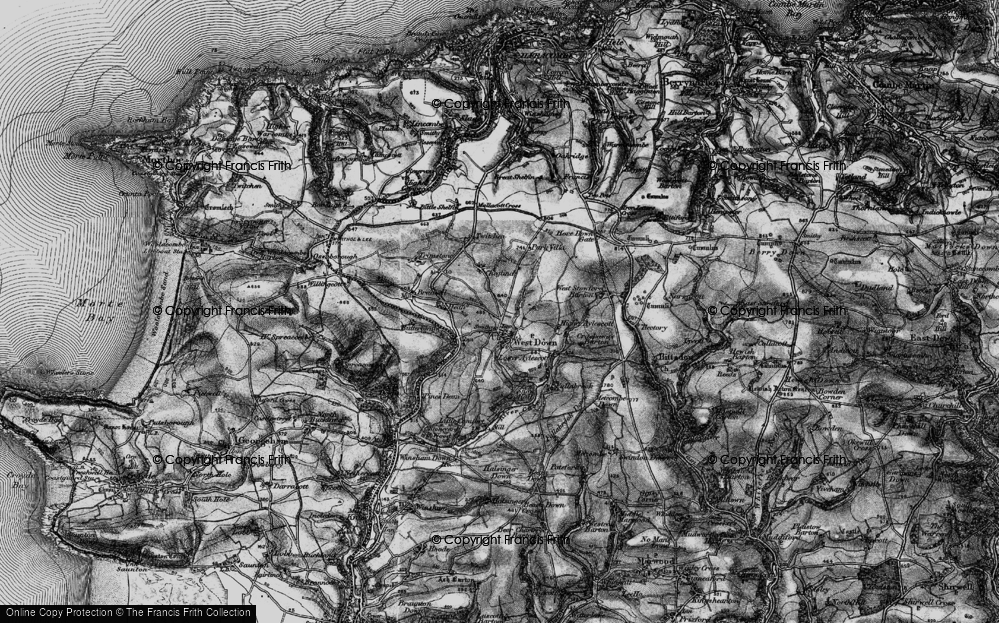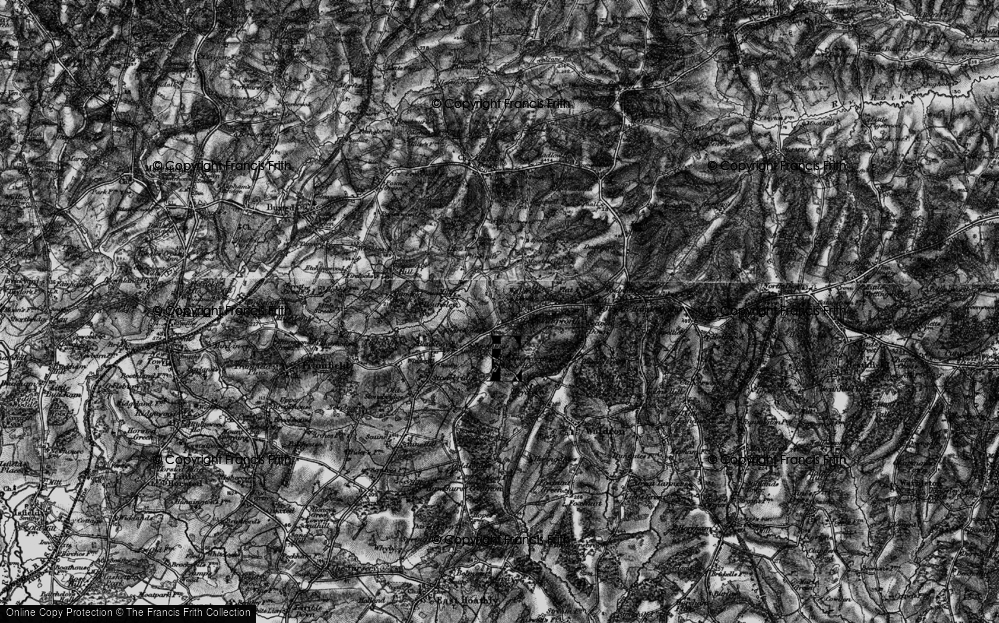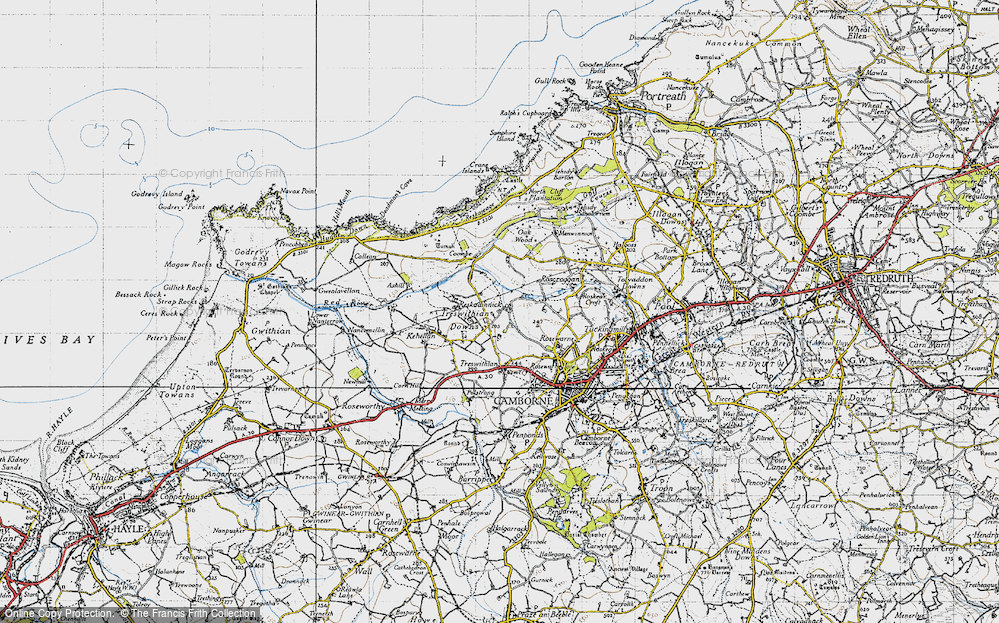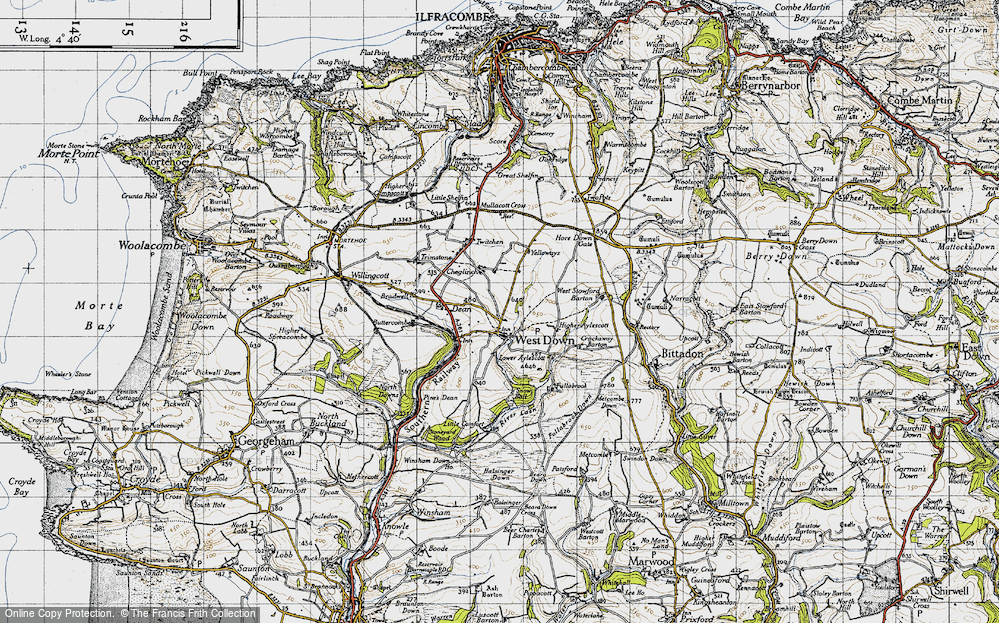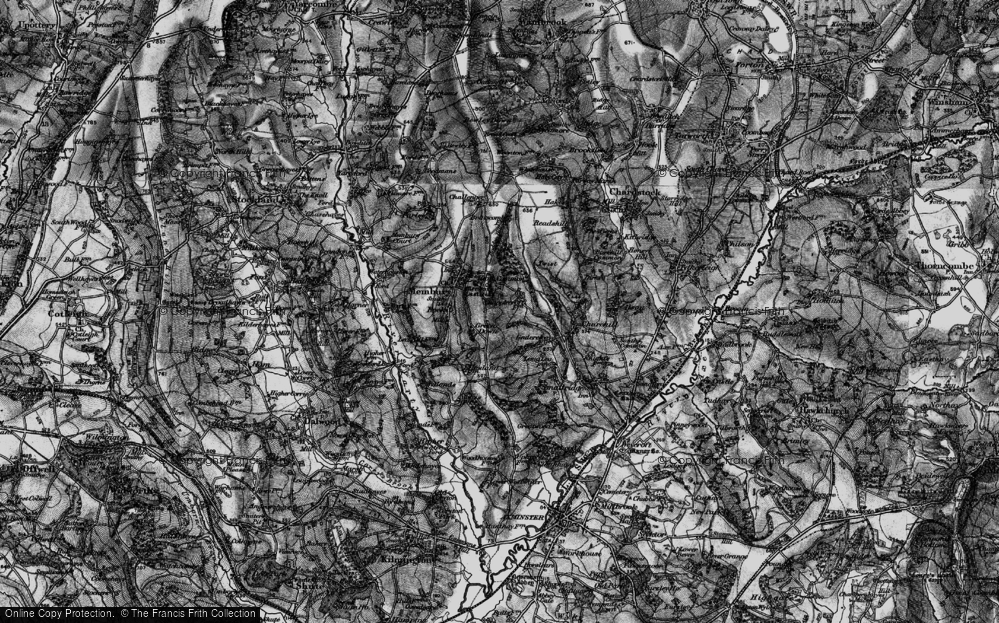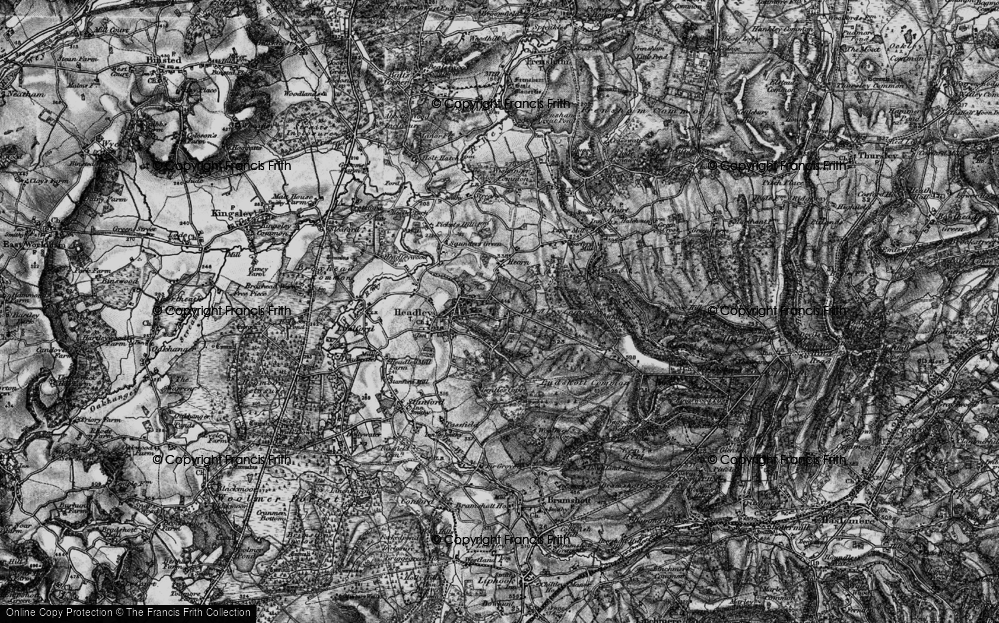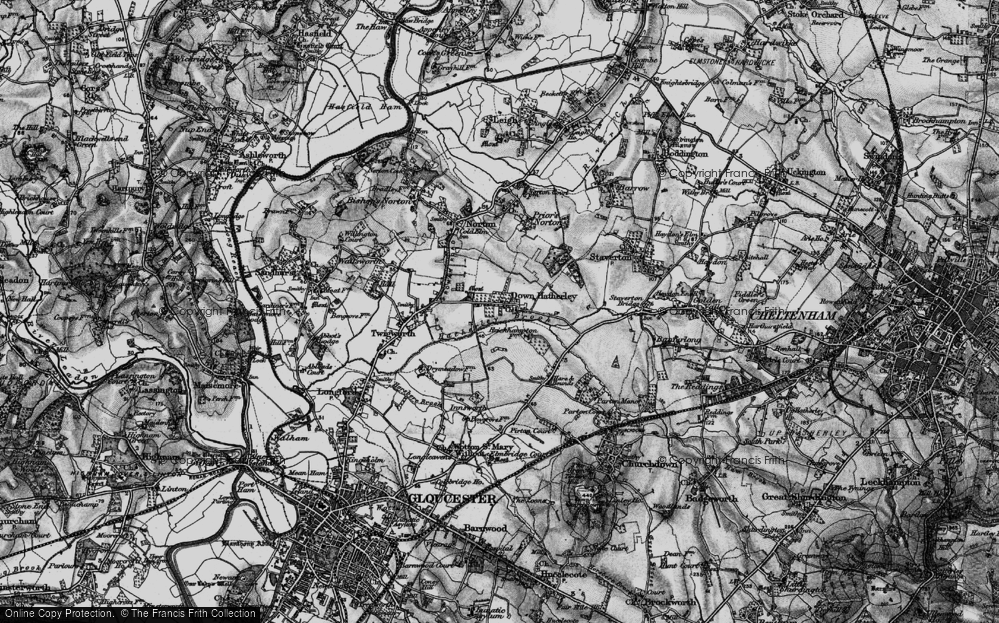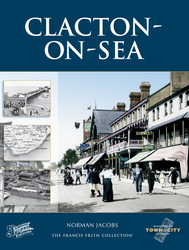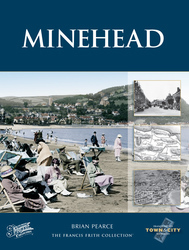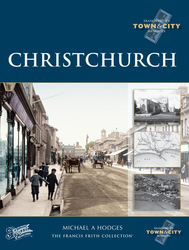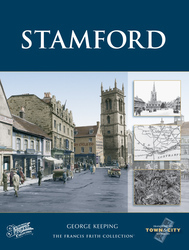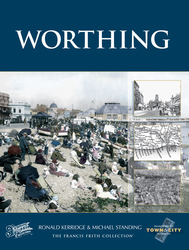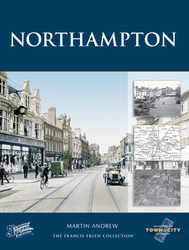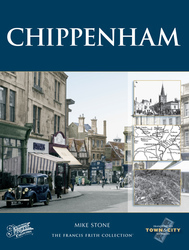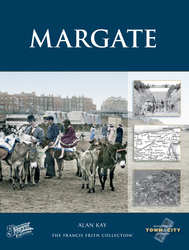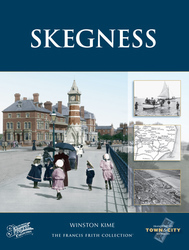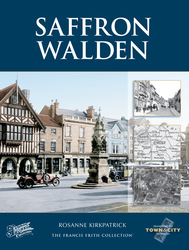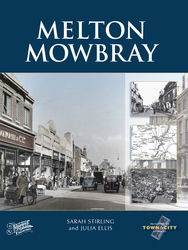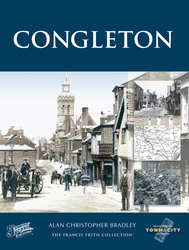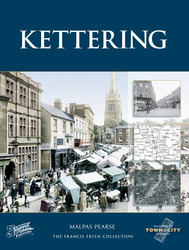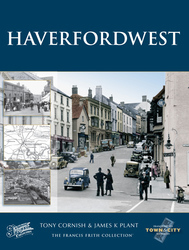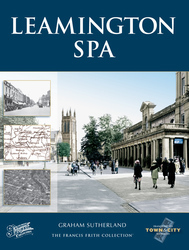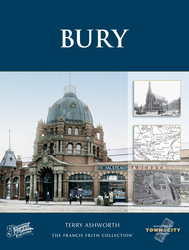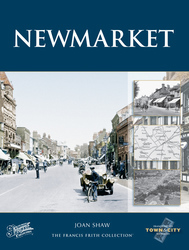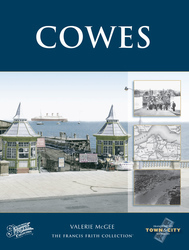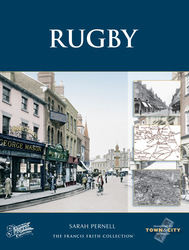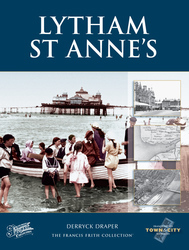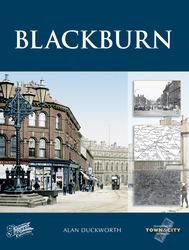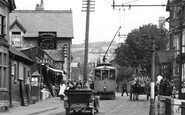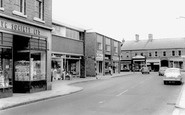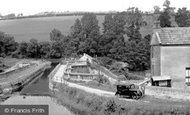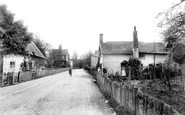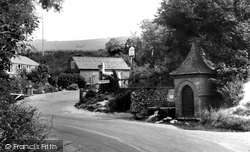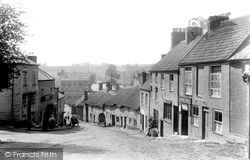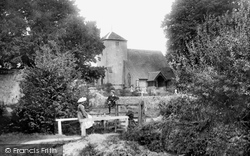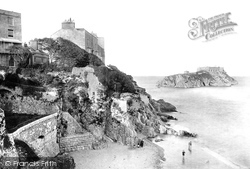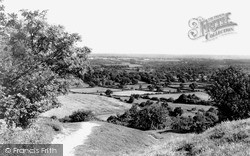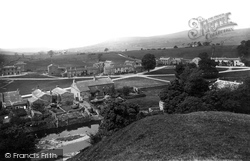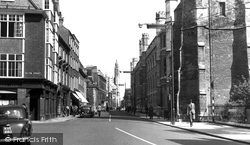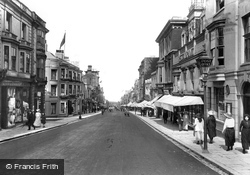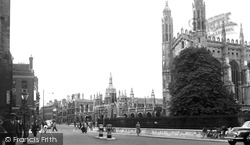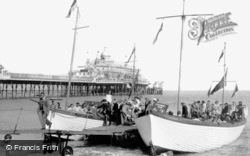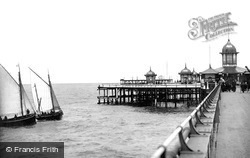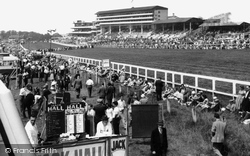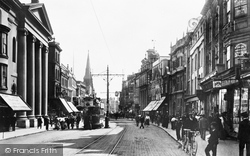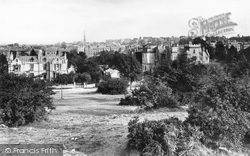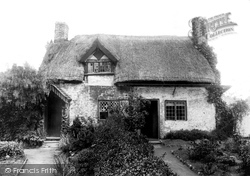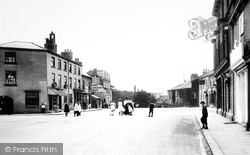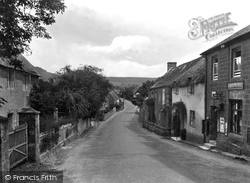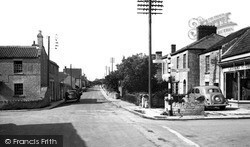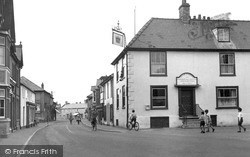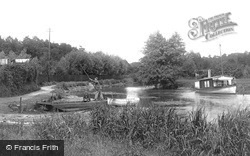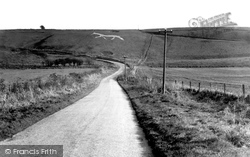Places
36 places found.
Those places high-lighted have photos. All locations may have maps, books and memories.
- Bangor, County Down
- Newcastle, County Down
- Greyabbey, County Down
- Donaghadee, County Down
- Downpatrick, County Down
- Portaferry, County Down
- Dromore, County Down
- Hillsborough, County Down
- Downings, Republic of Ireland
- Killyleagh, County Down
- Ardglass, County Down
- Rostrevor, County Down
- Dundrum, County Down
- Newtownards, County Down
- Warrenpoint, County Down
- Ballygowan, County Down
- Ballywalter, County Down
- Ballyward, County Down
- Bishops Court, County Down
- Boardmills, County Down
- Culcavy, County Down
- Katesbridge, County Down
- Killough, County Down
- Millisle, County Down
- Portavogie, County Down
- Saul, County Down
- Seaforde, County Down
- The Diamond, County Down
- Audleystown, County Down
- Kearney, County Down
- Annaclone, County Down
- Ballyhalbert, County Down
- Ballymartin, County Down
- Clare, County Down
- Conlig, County Down
- Dollingstown, County Down
Photos
945 photos found. Showing results 21 to 40.
Maps
459 maps found.
Memories
8,169 memories found. Showing results 11 to 20.
Childhood In Addlestone
I have many memories of Addlestone having lived there from 1940 to 1964. My family lived in Bourneside Road, at the far end was Coxes Lock Mill and the mill pond. We knew almost everybody that lived on Bois Hall estate. I ...Read more
A memory of Addlestone by
Orsett Village
I was born in Orsett at the Bothy Prince Charles Avenue in 1955. I Lived at the Armary (Orsett Hall) until 1965, when our family moved to Rectory Road in the village. The Cuthbert's have a long history in Orsett with my mother and ...Read more
A memory of Orsett in 1955 by
Mile Oak Portslade 1938 To 1950
Hello, I was one of the few children who lived in Mile Oak Road and and also played on Broomfields Farm, we lived at no 222 which was the second to last house before the road dropped down the hill to Mile Oak. The ...Read more
A memory of Mile Oak in 1947 by
The Llandudno & Colwyn Bay Tramway In Old Colwyn
What an interesting photograph of a grey painted tram heading for the 'Queens Hotel' terminus which was just over half of a mile away. It would take just over five minutes and three tramstops to ...Read more
A memory of Old Colwyn in 1920 by
Croxley Station 1940 1945
Hi, my name is Brian Nicoll. My mother, father and I lived in 10 Frankland Rd from 25/9/35 when I was born until 1956 when I got married. As a small boy I used to have a friend called Roger Gosney who lived over the ...Read more
A memory of Croxley Green in 1940 by
Bell Street
I remember going to Bell Street around 1967/8 to see Michael Aspel open "Key Markets" which was a supermarket of sorts, and would be on the left-hand-side of this picture (I think either next door to the Co-op, or may have occupied the ...Read more
A memory of Wigston in 1967 by
Canter Across The Canal
It must have been around the late 1960s, early 1970s when my sister and I used to ride our ponies down to Avoncliff. We lived a short distance away in Upper Westwood and our mother liked us to ride along the tow path as it ...Read more
A memory of Avoncliff in 1970 by
Wartime Evacuation In 1944
I was placed in an orphanage on 13th October 1943 together with my elder brother Brian. My father had died on the infamous Siam (Thailand) Railway as a forced labour navvy. He was a regular soldier and had already ...Read more
A memory of Tairgwaith in 1944 by
Alli In Glasbury
Fred took Allan fishing some time in the 1950's, when Allan was in his twenties. He had just married Norah (Nina) - (her mother used to call her No). Allan remembers wading out in Fred's waders and standing in The River Wye until ...Read more
A memory of Glasbury by
The Creasey Family At Worth, West Sussex
My great-grandmother's family were farmers in Worth, and nearby Copthorne and Charlwood in the mid-nineteenth century. Great-grandma was Eliza Creasey and she married great-grandad George Allen in the chapel ...Read more
A memory of Worth in 1860 by
Captions
2,258 captions found. Showing results 25 to 48.
Now it is extremely run-down, with all the walls covered in graffiti.
At Fulking, 16th-century cottages still lie on either side of the village street that winds its way below the South Downs.
A little way down is the Gospel Hall, and three doors down a tiny hardware shop. The thatched cottages beyond have been demolished and replaced.
This village is justt below the Downs on the main road between Midhurst and Chichester. The church has a 14th-century tower, and a mural painting in the nave dated 1220.
Traditionally in the ownership of wealthy occupants, the private steps leading down to the beach still belong to these houses, except those on the extreme left.
The downs to the west of the Arun are notably more wooded than those to the east, which are remarkably open and treeless.
We are looking down on the village from the site of a Roman camp. The old Roman road drops steeply down onto the green, via a bridge over the short river from Semer Water, two miles away.
Further down the Thames are the Houses of Parliament - or rather, the Palace of Westminster. This replaced the old palace, which burned down in 1834.
We have moved away from the river, and are looking down one of the main city streets; the scene nowadays has changed little.
A fine view down the length of Union Street in the last peaceful days before the First World War.
The magnificent view down the Parade has changed little over the years. Whilst the bicycles remain a common feature, cars have vanished with city centre pedestrianisation.
Beyond this range of sea-front hotels the ground climbs gently to the Wish Tower, one of a chain of coastal fortlets from the Napoleonic Wars, and beyond that are the great cliffs and Downs of
Even as late as 1957 the 'Royal Daffodil' carried 144,000 passengers down to Margate in a ten-week period.
Epsom Downs, which had been in the ownership of the Grand Stand Association, passed to the Levy Board in July 1969.
Note the tram lines running down the middle of the street. On the left is the imposing Georgian church of All Saints, built in 1795.
Here we see the roofs of Clifton from the pleasantly wooded Downs.
Kelly's Directory for 1906 lists a South Downs Cottage, which at the time was the residence of a Mr Frederick Bernard Yahr.
This scene is a contrast with the one seven years earlier, when the town packed into the Market Place to commemorate the coronation of Edward VII.
We are looking eastwards down Main Street from Chideock House (left) and what is now the Old Post Office (right). It was run by Charles Gibbs and his daughter Hilda.
Looking down from the White Horse can be seen the flat-topped Dragon's Hill where, legend has it, St George slew the Dragon; the white markings on the side are where the blood of the Dragon ran down in
We are looking down the High Street from Castle Street, where Victorian actor Sir Henry Irving was born.
From the church gate we look down Churchgate Street. On the right is the Crown Hotel, managed by William Manning.
Ferry Lane, on the so-called Pilgrims' Way, runs down to the River Wey and the site of the former ferry, which was inaugurated prior to 1377.
The Broad Hinton (or Hackpen) white horse is on Hackpen Down between Avebury and Swindon on the Marlborough Downs. It is amateurish in design, and the least impressive of all the Wiltshire horses.
Places (198)
Photos (945)
Memories (8169)
Books (49)
Maps (459)



